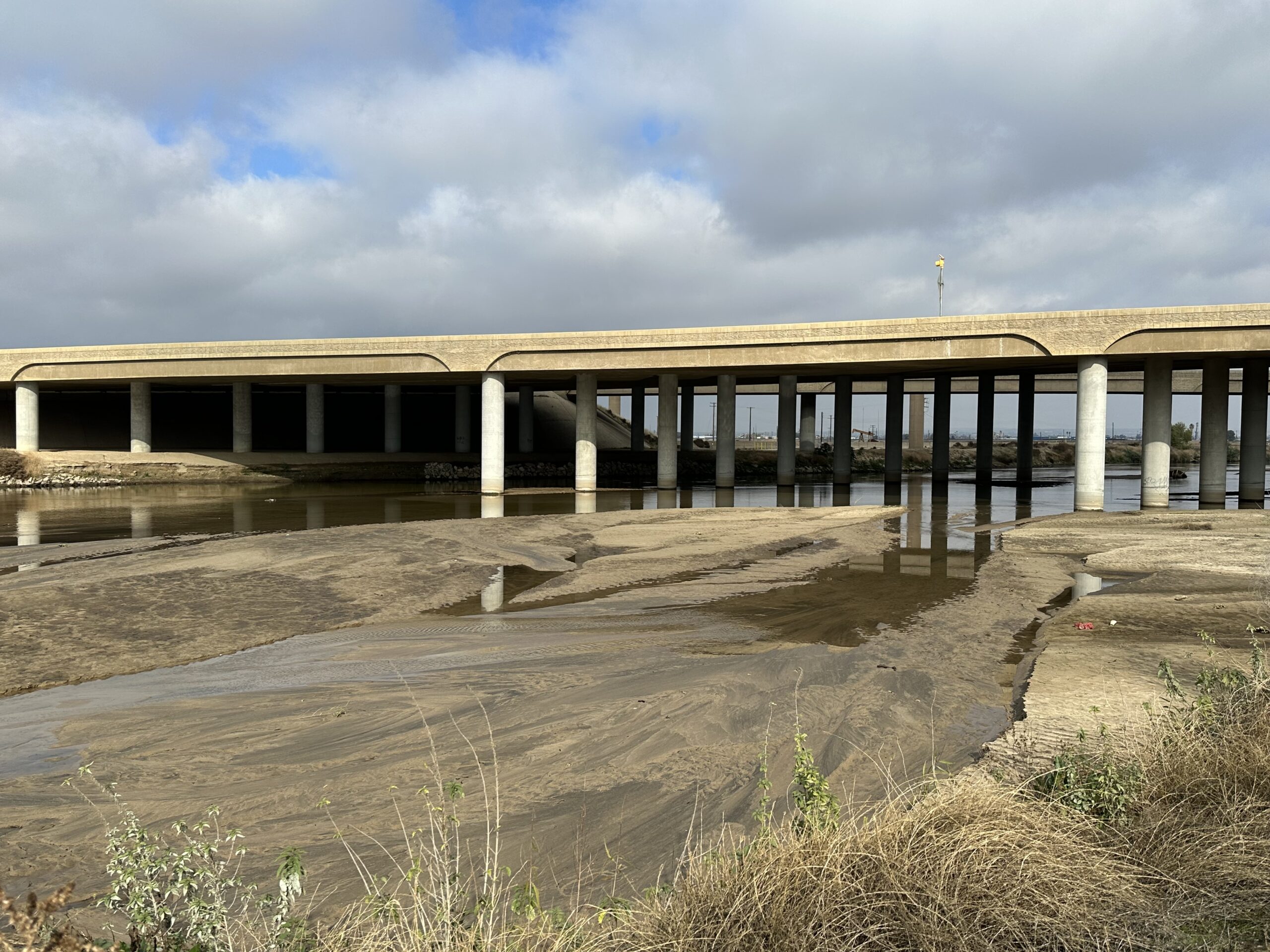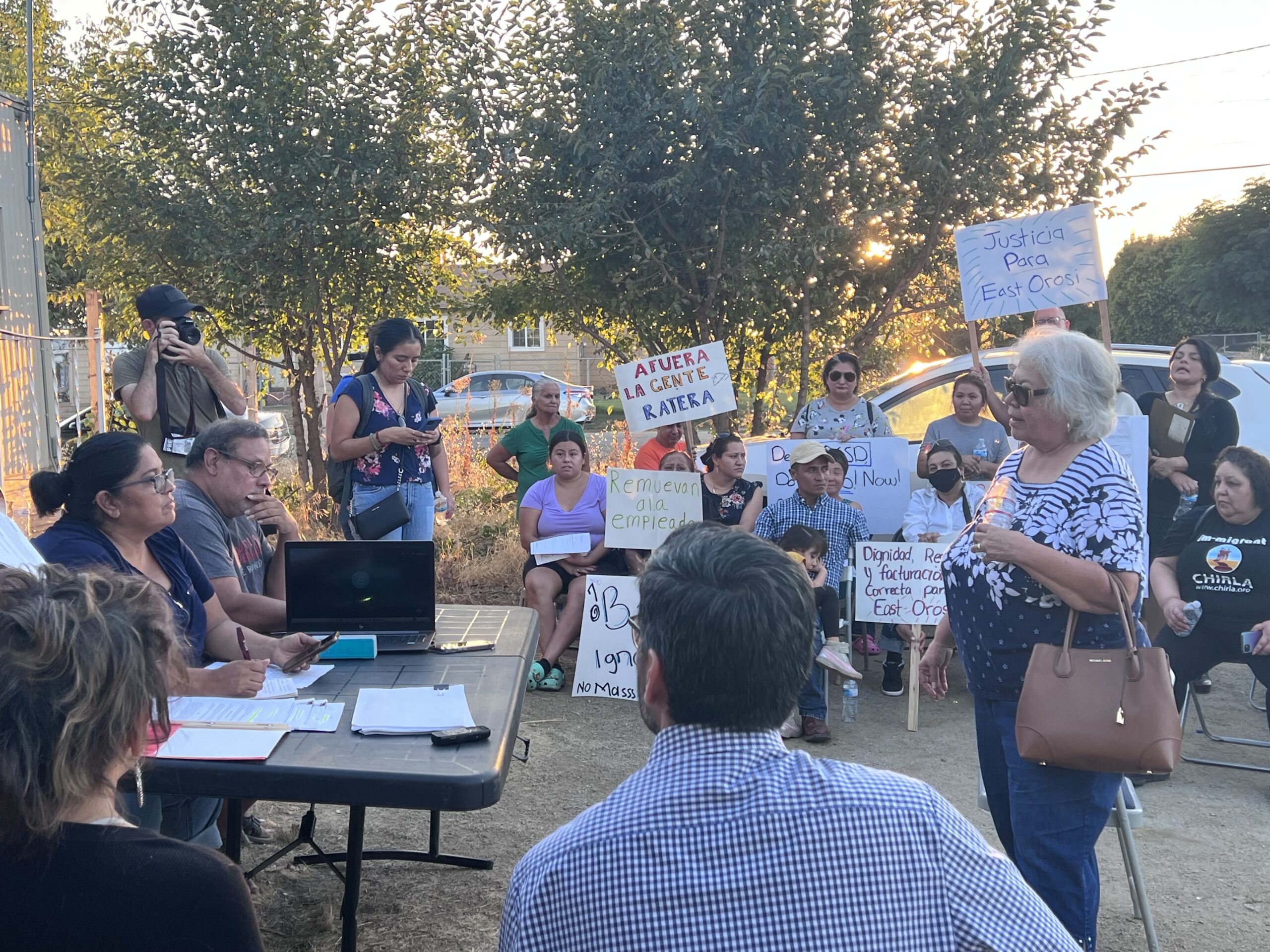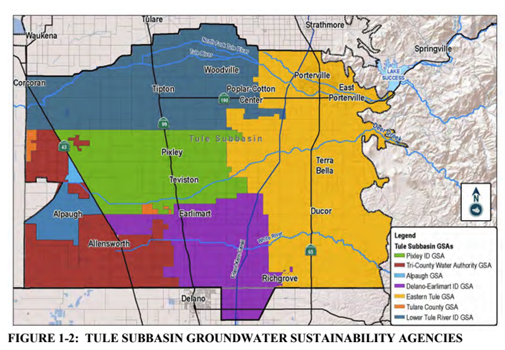A rapid-fire review of potential fixes to the Friant-Kern Canal favors building a replacement canal for 20 miles alongside the existing canal where land subsidence has caused it to sag, severely restricting water flow, according to final environmental documents released Friday.
The environmental documents, which looked at the project under both state and federal environmental rules, will now be considered by the Friant Water Authority, which operates the canal, and the Federal Bureau of Reclamation, which owns it.
The Friant-Kern Canal brings water from Millerton Lake to farms and cities along the eastern edge of the San Joaquin Valley all the way to Arvin.
Severe groundwater overpumping caused the land beneath the canal to sink from about Pixley in southern Tulare County to Lake Woollomes in northern Kern County.
That sag reduced the amount of water the canal can carry from its original design capacity of 4,000 CFS (cubic feet per second) down to 1,400 CFS.
That reduction in capacity will have a huge impact going forward as water managers are under the gun to bring aquifers into balance by 2040 per the Sustainable Groundwater Management Act.
Cost to build the 20-mile replacement canal and enlarge embankments on portions of the existing canal is estimated to be between $400 and $500 million.
The Friant Water Authority is widely expected to certify the environmental review, including the replacement canal, at its October 22 meeting and the Bureau will most likely sign off on October 27.
Barring any lawsuits, Bureau and Friant Water Authority staff will then begin rounding up construction permits in early 2021.
Getting to this point has been a “lightning round,” agreed Adam Nickels, the Bureau program manager for the project.
The massive project went from its initial notice on Dec. 3, 2019 to a completed environmental review in just nine months.
How to pay for the project is still in question.
So far, the only “cash in hand” is about $50 million from various pots within the Bureau of Reclamation.
That amount will pay for most of the pre-construction work: Engineering, design, feasibility studies, preparation to acquire permits and preparation for land acquisition.
There is a request to the Bureau for another $70 million, for a total of $120 million, which will require matching funds from the Friant Water Authority, Nickels told SJV Water back in June.
That amount could be enough to rehab and rebuild the canal to be able to carry between 2,500 and 3,000 CFS, according to Nickels.
The request for $70 million is still moving through the process.
Two other federal bills, which would provide $200 million each for the Friant-Kern Canal, are both stalled in the Senate. An effort by State Sen. Melissa Hurtado (D-Sanger) to obtain a $400 grant to fix the Friant-Kern died at the end of the California legislative session when her bill was made into a “study bill,” meaning no money.
Meanwhile, Friant contractors, who are responsible for all matching funds, are looking at outside “investors” to help fund construction.
And the Friant Water Authority is in negotiations with the Eatern Tule Groundwater Sustainability Agency to pay for a portion of the fix.
That GSA covers the stretch of the Friant-Kern Canal that has been most impacted by subsidence. And, in fact, its groundwater sustainability plan allows pumping to continue to the point that it assumes the canal will sink another three feet.
The Friant Water Authority has stated such a plan is unacceptable unless growers in that GSA help pay for damages. The Authority hasn’t set a price on those damages.
Share this:
- Click to share on Facebook (Opens in new window)
- Click to share on Twitter (Opens in new window)
- Click to share on LinkedIn (Opens in new window)
- Click to share on Reddit (Opens in new window)
- Click to share on Tumblr (Opens in new window)
- Click to share on Pinterest (Opens in new window)
- Click to share on Pocket (Opens in new window)
- Click to share on Telegram (Opens in new window)
- Click to share on WhatsApp (Opens in new window)
- Click to print (Opens in new window)






